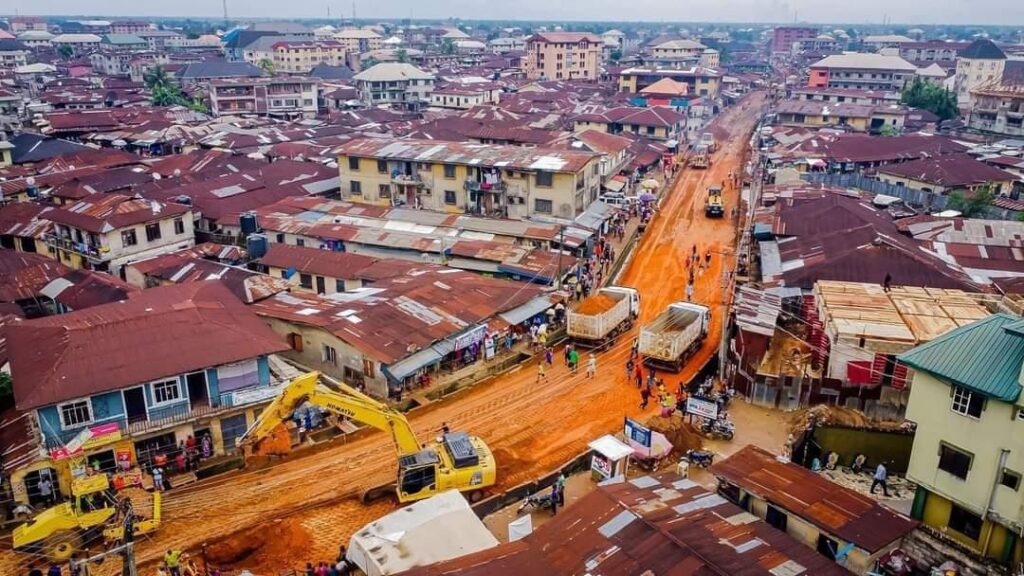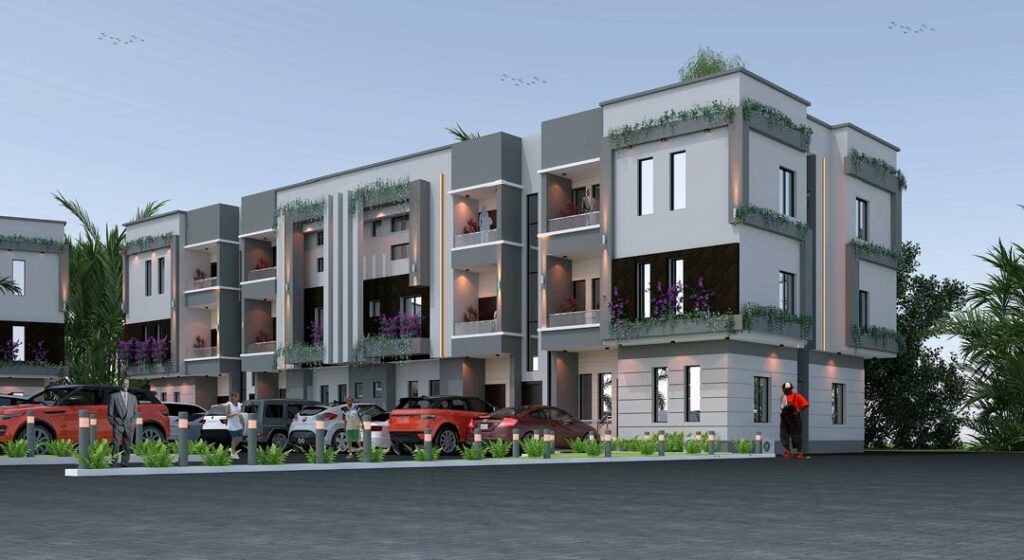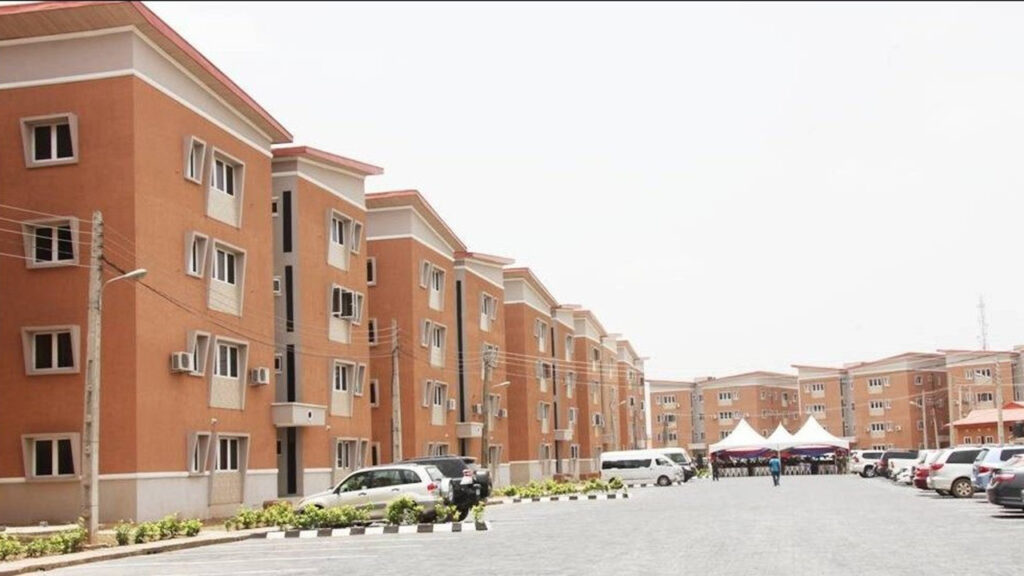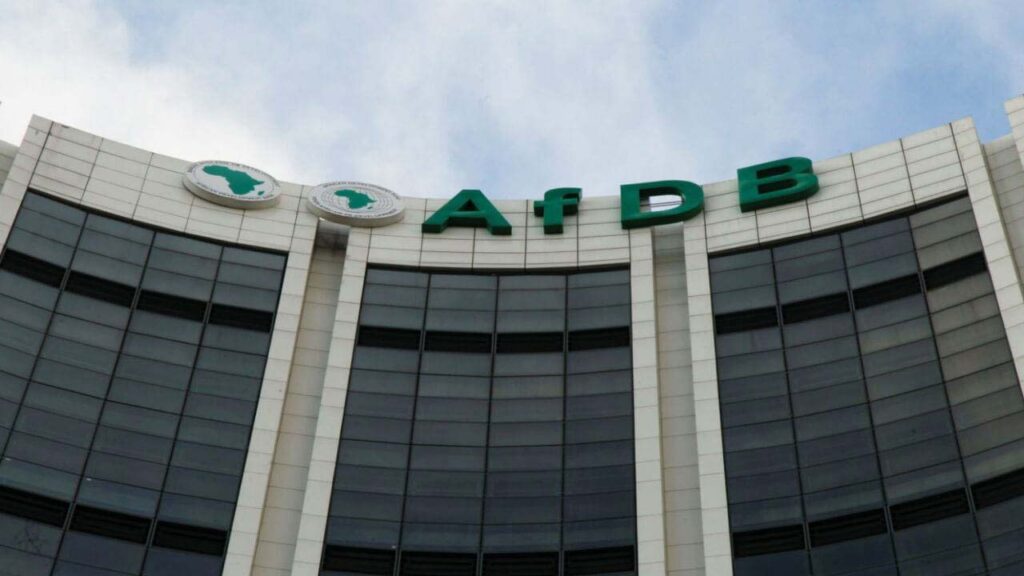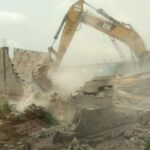In an effort to tackle the recurring problem of building collapse, Lagos authorities have taken proactive measures by demolishing distressed buildings across the state, including a two-storey building in the LSDPC Meiran Estate, which is alleged to be unsuitable for human habitation.
The distressed building in the Meiran Estate was earlier marked by Lagos State Building Control Agency (LSBCA) for multiple structural defects. The building was found to have cracks, without pillars and poses an imminent risk of collapse, which prompted swift action from the authorities.
The Guardian learnt that the estate management had taken proactive measures by convening a meeting with homeowners to underscore the importance of performing necessary maintenance to safeguard the lives and property of residents.
It was gathered that many residents have hired professionals, especially engineers to beef up the structural stability of their buildings. All the buildings in the estate were built without columns.
A past president, Nigerian Institution of Structural Engineers, Kunle Adebajo, who spoke on the development, stressed the significance of robust structural design in constructing buildings. He told The Guardian that a framed structure, consisting of columns as pillars, enhances the overall strength and resilience of a building, enabling it to withstand various challenges.
“When you have a framed structure with columns as pillars, it makes the building more robust and capable of overcoming potential issues. For instance, a single column may be weak on its own, but when combined with others, it becomes significantly stronger.
“Additionally, if you place a slab on block work without a frame to hold it together for stability, you may encounter numerous problems. In cases where the soil quality is poor or external forces act in different directions, the pillars play a crucial role in maintaining structural integrity.
“Having everything tightly interconnected is paramount, as it allows the rest of the structure to correct any deviations. However, it is important to note that the presence of pillars alone does not guarantee structural stability. Proper coordination and integration are essential for achieving robustness.”
While acknowledging that many buildings without pillars still exist, Adebajo emphasised that structural design should be tailored to the specific requirements of each building.
“If you are constructing a temporary structure like a canopy for a naming ceremony, you wouldn’t rely on concrete pillars because you understand it’s temporary. Furthermore, you recognize that the primary load to consider in the design is wind. Every design aspect must be carefully considered and aligned with the intended purpose of the building,” he said.
Adebajo also stressed the significance of obtaining proper approval for building projects.
“Every building that is to be constructed should receive appropriate approval. The regulatory authorities guide what is advisable and what is not.
The planning authority must play a crucial role in this process,” he noted.
While calling for increased oversight and control in the building industry, Adebajo suggested implementing stricter measures, including enhanced inspections and ensuring that only qualified professionals are involved in construction projects.
He emphasised the need to prevent potential controversies by recommending that landowners should consult the Council for the Regulation of Engineering in Nigeria (COREN) to verify the qualifications of the engineers they engage.
MEANWHILE, LSBCA had urged owners of affected properties across the state to conduct non-destructive tests, obtain the necessary permits and authorisations to rectify these problems.
LSBCA General Manager, Gbolahan Oki, explained that the identification of these potentially hazardous structures was the result of rigorous monitoring exercises conducted to prevent collapses, mitigate the risks to human life and property.
Oki emphasised that the consequences of non-compliance with the building codes, warning that failure to adhere to the regulations would lead to the removal, arrest, and prosecution of offenders.
“A grace period of 90 days has been granted following the publication of the list, allowing owners and developers to take appropriate action. Failure to comply within this timeframe will result in the government stepping in to ensure public safety by demolishing the structures, with the costs borne by the respective owners and developers,” he said.


